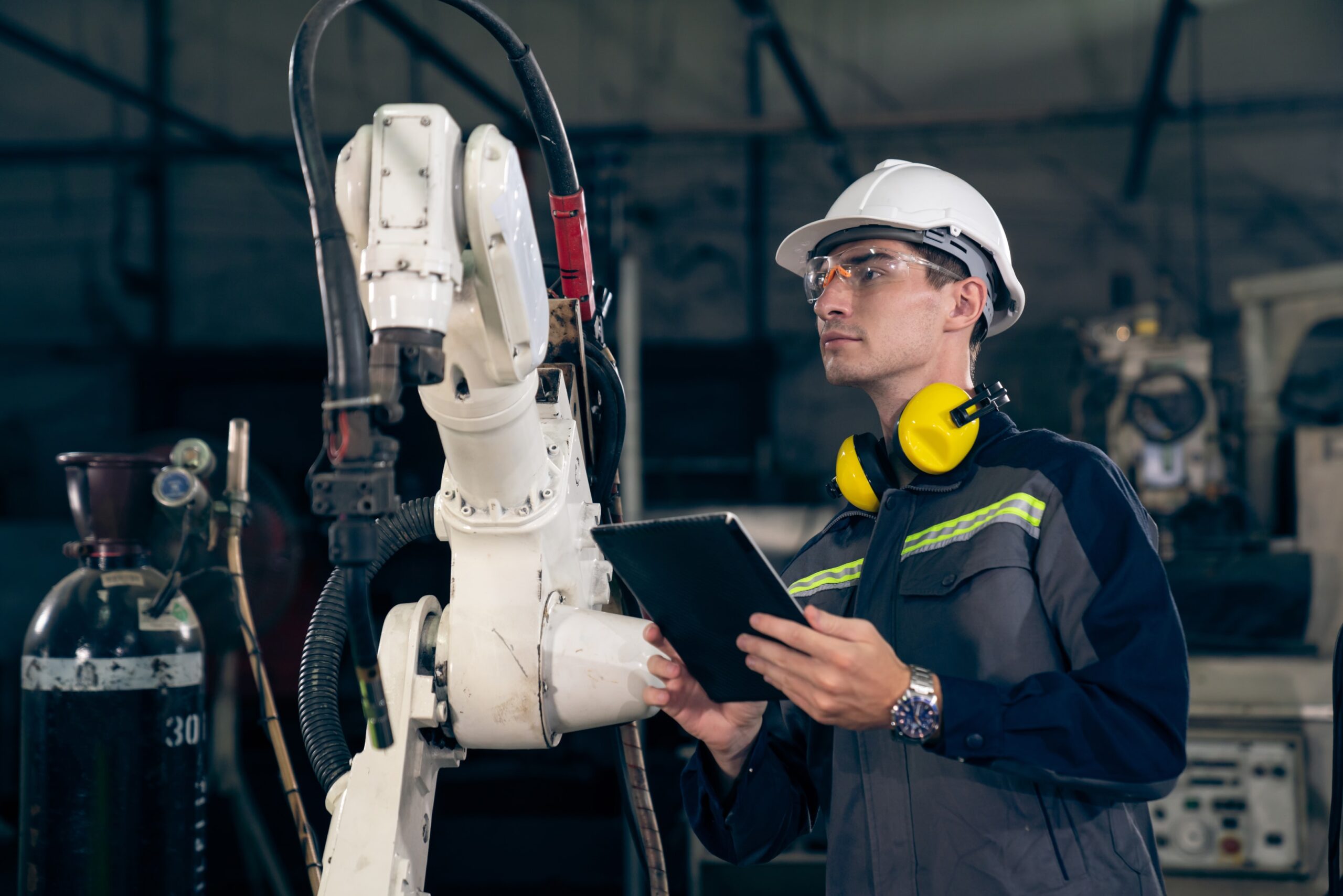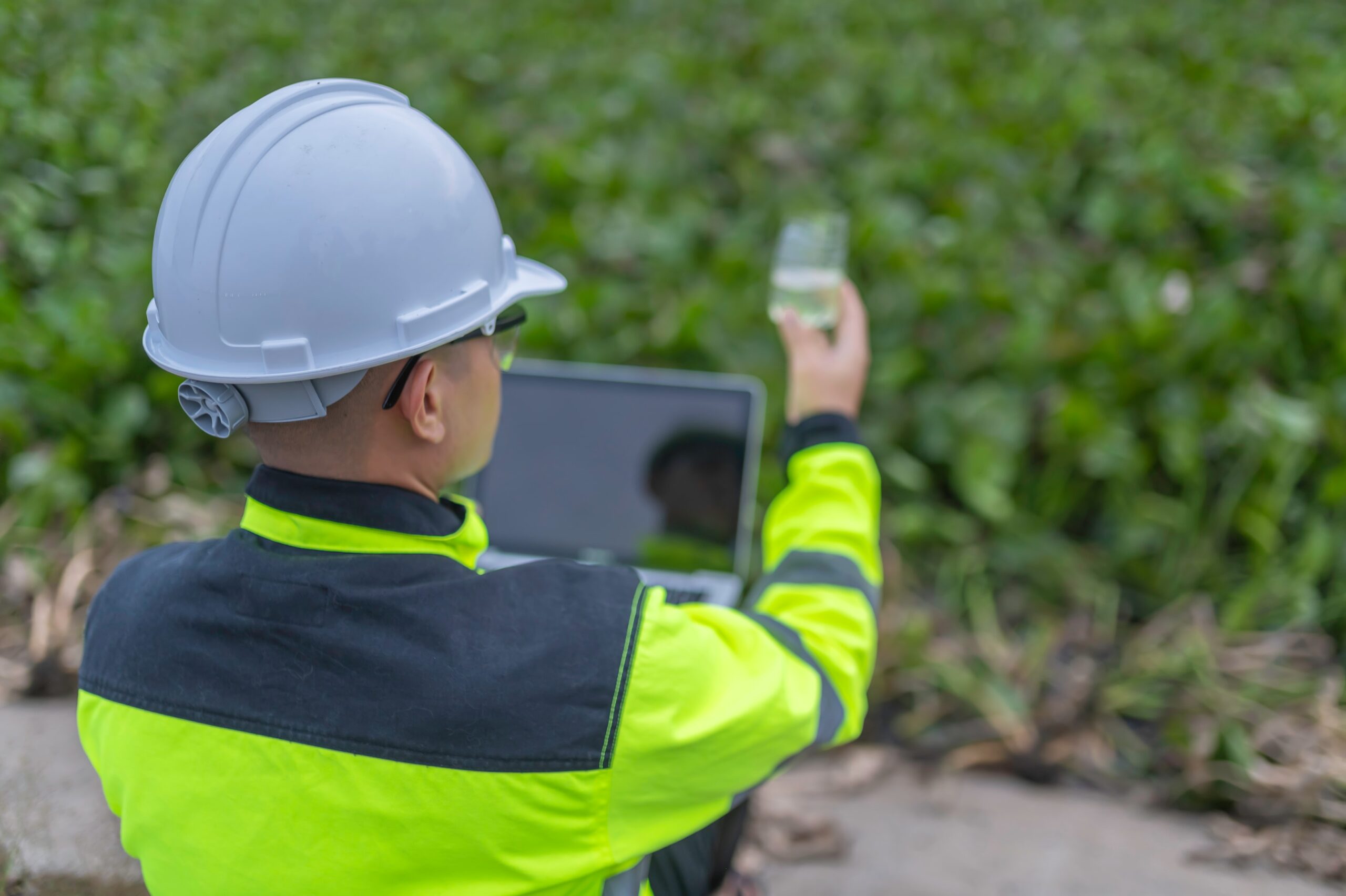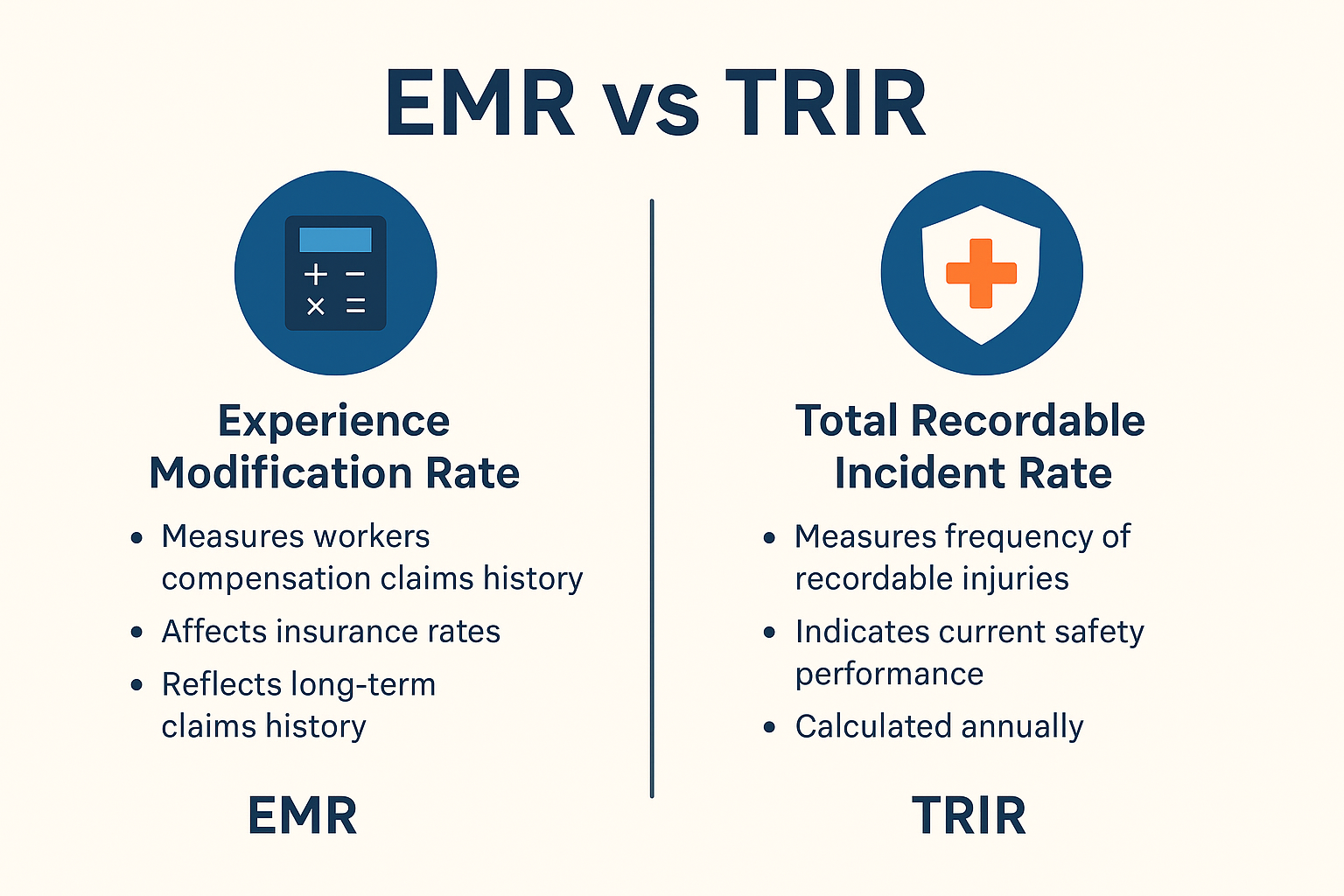Industrial sites face daily safety risks. Moving equipment, loud environments, and high-pressure tasks create conditions where one mistake can lead to injury.
Traditional safety programs often miss early warning signs. IoT workplace safety helps close that gap by connecting machines, workers, and data in real time.
Smart sensors, connected devices, and mobile platforms now give safety teams better tools to act faster and prevent accidents. With the right setup, companies gain more control over safety procedures and reduce the chance of failure.
In this article, you’ll learn six clear ways to get the most out of industrial IoT devices. Each tip focuses on practical steps that improve workplace safety and help your team stay ahead of risk.
What is Industrial Internet of Things (IoT) in the Workplace?
The Industrial Internet of Things (IIoT) connects machines, sensors, and equipment to a shared digital network. These tools send real-time data that safety teams can use to improve workplace health, respond to issues faster, and reduce risks.
In industrial settings, IoT technology helps spot hazards early and keeps workers safe on the job. Many factories, plants, and construction sites use connected sensors to monitor environmental conditions such as air pressure, gas levels, and temperature.
Alerts are sent immediately when something changes, which lets safety teams take quick action. These systems also track worker movements and equipment use to prevent accidents and support a strong accident prevention program.
Using IIoT tools also improves worker safety by reducing exposure to poor air quality, noise, and other health risks. Over time, it can support employee health and overall well-being. Real-time monitoring helps companies meet safety goals while lowering insurance costs tied to injuries and claims.
Benefits of IIoT in the workplace include:
- Tracks air quality and other hazards
- Alerts teams about risks in real time
- Reduces exposure in hazardous environments
- Helps monitor worker activity for safety
- Supports long-term improvements in employee well-being
How to Maximize IoT Workplace Health and Safety Benefits
Using the right IoT setup matters. The tips below will help you get more value from your tools, protect workers, and improve safety results across your sites.
1. Choose the Right Industrial IoT Devices for Your Workplace
Every worksite has different risks. Choosing the right industrial IoT devices depends on knowing those risks and matching tools to the environment. A noisy metal shop, for example, needs wearable sensors that alert workers when noise levels pass safe limits.
A warehouse with high temperatures should include heat sensors and smart alarms. In areas with combustible materials, fire safety sensors are a must.
Many teams add wearable devices to track heart rate, fatigue, or worker location. These tools support rescue efforts and keep workers out of danger zones. Some versions include geolocation capabilities, which help find workers during emergencies in large facilities or remote job sites.
Sites with high injury rates may also benefit from IoT sensors attached to workplace equipment to detect early signs of failure or strain.
Machine failures and poor maintenance cause many workplace accidents each year. IoT tools that monitor equipment performance help prevent these issues before they lead to injuries.
2. Ensure Proper Installation and Maintenance of IoT Devices
Installing a smart safety system is only the first step. To work well, devices should be placed in the right locations, tested often, and kept in good condition. A worn-out sensor or one placed too far from the hazard may fail to alert your team in time.
Many companies place sensors near machines, loading docks, and storage areas. These zones carry a higher risk and demand accurate data.
Wearable technology must also be checked for comfort and function. If a device pinches, overheats, or gives false readings, workers won’t wear it. Devices should log data without delay and signal when maintenance is needed. Poor upkeep leads to faulty alerts or complete system failure.
The Occupational Safety and Health Administration (OSHA) recommends monthly checks for all electronic safety equipment. Following that schedule helps teams stay ahead of problems.
Maintaining IoT tools reduces downtime, prevents data loss, and supports your accident prevention program.
3. Train Employees on IoT Solutions
Training turns smart devices into safety tools that workers trust and use. Every team member should know how to wear, check, and respond to IoT alerts.
A sensor doesn’t help if it’s in a locker or worn incorrectly. Workers also need to understand how these tools protect their health, not just track their steps. For example, wearable sensors that measure motion or exposure can catch signs of fatigue, heat stress, or overexertion.
These early warnings reduce the chance of injuries and support employee well-being. A team that knows how the system works will speak up when something breaks or fails, which improves the reliability of the entire setup.
That kind of trust improves safety reporting, reduces missed alerts, and helps identify real health issues before they get worse. Teaching the “why” behind the tools matters just as much as teaching the “how.”
4. Use Data Analytics to Drive Safety Improvements
IoT systems generate a steady stream of data, but safety only improves when teams use that information to find patterns and take action. Data collection from sensors, wearable devices, and workplace equipment helps safety managers understand what’s happening in the working environment.
When combined with historical data, that information reveals trends like repeated near-misses, rising exposure to heat, or signs of overworked machines. Predictive analytics can flag risks before incidents occur.
A machine that overheats every third shift, for example, might need inspection before it fails. Predictive maintenance uses this kind of insight to keep operations running without surprise breakdowns. Machine learning helps find links between conditions, behavior, and past outcomes, leading to smarter decisions.
Real-time analytics lets supervisors act quickly. Long-term analysis brings valuable insights for long-term changes. Companies also improve operations by connecting safety data with supply chains, allowing smarter scheduling and better material handling.
To get full value from IoT, teams must analyze, share, and apply the results. Analyzing data leads to informed decisions, fewer safety issues, and stronger protection for workers across sites.
5. Integrate IoT with Other Workplace Safety Systems
Safety systems work better when connected. Linking IoT devices to inspection apps, training logs, and incident reports brings everything into one place. Supervisors see the full picture and respond faster. When sensors detect unsafe conditions, alerts can trigger immediate steps through existing workflows.
Remote monitoring tools allow safety teams to act even when off-site. For instance, a shift lead can respond to an alert about machine vibration or gas leaks without being in the room. That keeps delays low and improves response time.
Workplaces that rely on separate systems often struggle to keep track of tasks. Connecting platforms improves operational efficiency and supports follow-up on hazards. Combining IoT with digital inspection checklists or training platforms also helps track safety compliance in real time.
Every part of a safety program should work together. When connected devices send alerts into a single dashboard, teams can identify risks, follow up, and prevent future incidents without confusion or delay.
6. Establish Clear Policies Around IoT Data Use and Privacy
Workers need to know how safety data gets used. A clear policy builds trust and supports long-term success. Companies should explain what data each device collects, who has access, and how the system protects personal information.
Sharing data between departments helps catch problems early. Rules must define how that data flows and limit who can view it. Systems that exchange data with other devices or external platforms should meet security standards. Strong protection keeps sensitive records from misuse.
Privacy laws like GDPR require companies to control how long data is stored and when it should be removed. Following these rules protects workers and avoids legal risk.
Clear policies make it easier to answer questions and prevent confusion. Workers stay more engaged when the system supports them and respects their privacy. A strong policy turns safety tech into a trusted part of daily work.
Take Your Workplace and Employee Safety to the Next Level With EHS Momentum
IoT data matters, but without action, it won’t improve safety. MyMomentum by EHS Momentum turns real-time alerts into clear tasks, logs, and follow-up steps.
Use MyMomentum to:
- Connect alerts to inspections, training, and corrective actions
- Track safety tasks, issues, and deadlines from any device
- Centralize records and improve compliance documentation
- Reduce injuries and improve insurance profile
- Support consistent follow-through across all locations
IoT workplace safety works better when backed by a system built for field use. Book a demo today to see how MyMomentum helps drive real safety improvements!
FAQs About IoT Workplace Safety
What is IoT in workplace safety?
IoT in workplace safety refers to using connected sensors, wearable devices, and smart tools to monitor hazards, detect risks, and protect workers in real time. In chemical plants, IoT systems help reduce accidents by tracking conditions like gas leaks or equipment faults, ensuring safety through constant monitoring.
How is IoT used in the workplace?
Companies use IoT to collect data from machines, workers, and the environment. These tools detect malfunctioning machinery, activate smart lights for visual alerts, and support rescue operations during emergencies. Machine learning algorithms process this data to predict failures and reduce health problems caused by unsafe conditions.
What are the four levels of IoT security?
The four levels of IoT security include device-level protection, network-level encryption, data protection in storage and transit, and system-level access control. Each layer works together to guard against unauthorized access and maintain safe operations.
How does IoT improve workplace safety and security?
IoT improves safety by tracking risks in real time and allowing fast action before harm occurs. These systems detect problems early, reduce downtime, and prevent injuries. Over time, they also lead to increased productivity by lowering delays caused by incidents.








